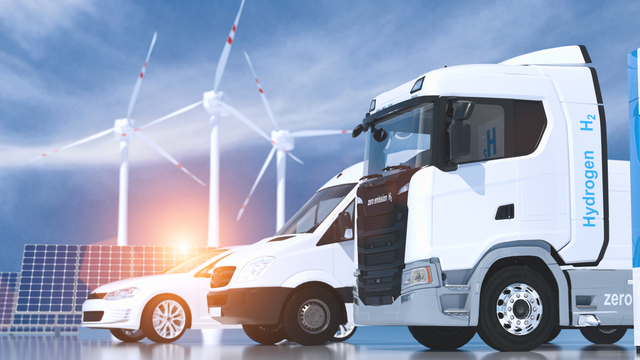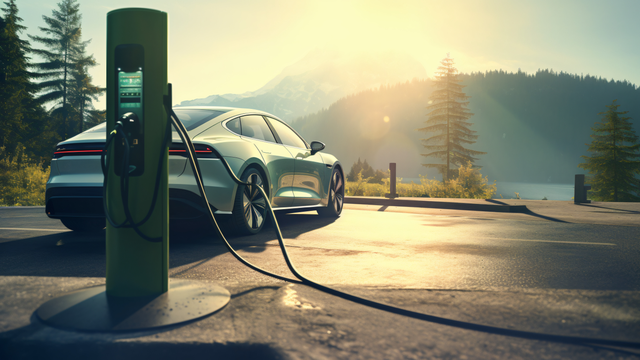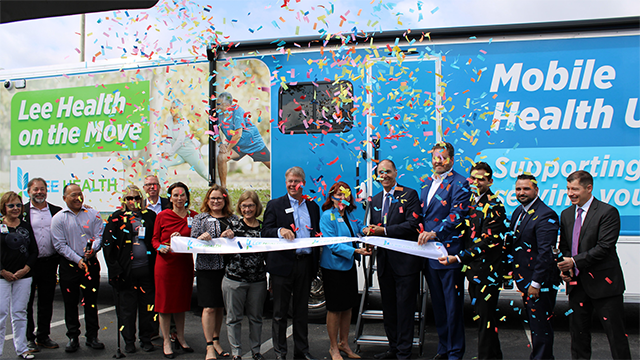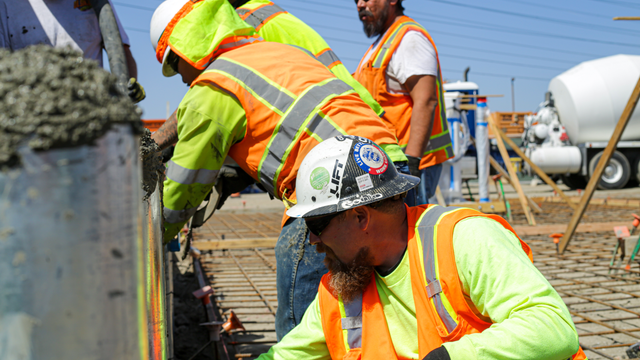Last year marked a monumental turning point for the future of electric vehicles (EVs), with several auto companies such as Volkswagen AG, General Motors and Volvo announcing significant electrification plans. Bolstered by improved battery technology, longer battery range, greater variety and lower prices, consumer confidence in EVs is at an all-time high. According to Forbes, light-duty EV sales in the United States rose 37 percent in 2016.
Utilities need to start thinking now about how they are going to scale up power infrastructure to meet the increased demand for commercial and personal vehicles. Although the benefits of electrification are undeniable, the move away from internal combustion engines is raising questions about energy management and grid stability.
Energy Management is Complex but Not Impossible
Energy management is a complex issue that becomes even more complicated as EV adoption increases and charging infrastructure multiplies. High-powered charging infrastructure delivers up to 350 kilowatts (kW) per direct current charger, or seven times today’s most common charging capacity (50 kW). Unmanaged growth could directly impact electric transformers in areas of high residential adoption. In addition, increased charging has the potential to alter an electric utility’s overall load profile and stretch utility resources for grid planning, capital investment and operations.
However, managed EV adoption and charging can help utilities and other stakeholders unlock significant new market revenue potential. Taking a structured approach to energy management can help utilities serve more load and increase revenue, balance grid demand and supply, and integrate renewable energy from wind and solar resources. It also helps utilities provide grid services in wholesale electricity markets and spur new grid and charging infrastructure, providing additional revenue.
Preparing and Planning for Increased EV Adoption
Utilities know that planning and preparation will be crucial to maintaining a reliable supply of electricity. According to this year’s survey, 60 percent of utilities consider activities that would enable them to develop effective rate structures — such as studying EV charging ownership, behavior and rate impacts — to be the most important activity in preparing for increased EV adoption (Figure 4).
Figure 4. To prepare for increased EV adoption and charging requirements, which activities do utilities consider MOST important? (Select up to three choices.)

Standard utility rates can hamper EV growth, because fluctuations in demand allow rates to escalate throughout the day. For example, the midday surge sends rates skyward, making it expensive to charge vehicles midday, which dissuades fleet expansion and hampers growth. Allowing utilities to change their rate structure to parallel evolving technologies and fluctuating demand profiles will have a direct impact on shaping behavior and charging patterns and will help prepare the grid for widespread charging.
Predicting areas of likely adoption ranked second in importance (51 percent of respondents), reflecting a strong need for utilities to anticipate the number of EV adopters, the timing of charging sessions and the planning of charging hub locations.
The three remaining activities survey respondents ranked for importance — begin to incorporate EVs into each aspect of business (43 percent), work with stakeholders to identify locations for large and/or high-power charging infrastructure deployments (43 percent) and evaluate distribution grid to determine energy supply (37 percent) — all are imperative to the grid modernization effort.
Looking Toward a Managed Charging Approach
With increased adoption, EV charging will contribute greatly to the electric utility load. To help control energy distribution at the charging hub, more than three-quarters of utilities said that they will adopt a managed charging approach (Figure 5).
Managed charging — also called V1G, or intelligent or smart charging — relies on communication signals sent by the utility through the charging hub that allow the utility to remotely control charging levels by turning charging up, down or even preventing it altogether, if a high-load event is occurring on the grid.
Utilities can use this control to turn charging hubs into a flexible load source to gain capacity, for emergency load reduction, reserves or regulation, or to absorb excess energy from renewable energy resources such as solar and wind.
Figure 5. Which grid management approaches will you most likely adopt to balance increased demand/loads related to EV charging? (Select all that apply.)

The Future of Widespread Electrification
Stakeholders — including utilities, automakers, service providers, infrastructure builders and policymakers — will have to collaborate to develop new energy solutions to support EV adoption and charging. Although efforts will be far-ranging, it will be up to utilities to drive the infrastructure upgrades and managed approaches necessary to make widespread electrification a reality. As EV adoption rates continue to grow and high-power capacity is needed, the timing of this matter is none too soon.
That said, the EV market is full of potential, and through careful preparation and planning, utilities and other stakeholders can unlock significant new market revenue while helping shape the future of sustainable energy and clean transportation.
Visit our Transportation page to learn more about smart transportation solutions.








